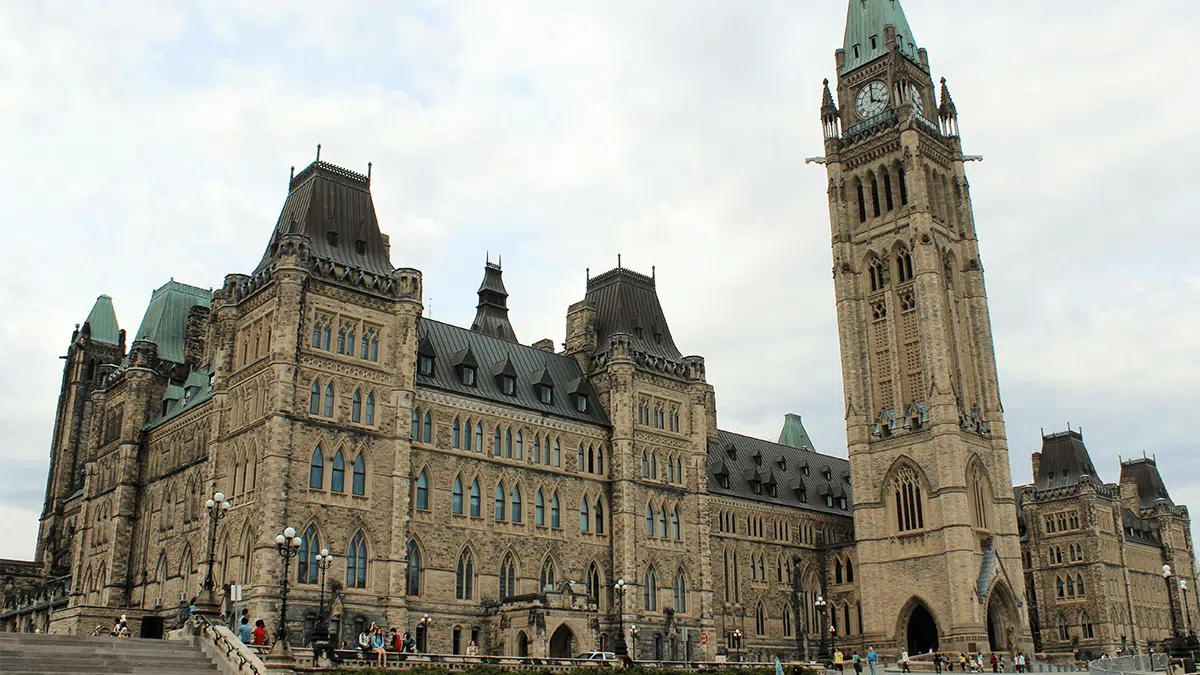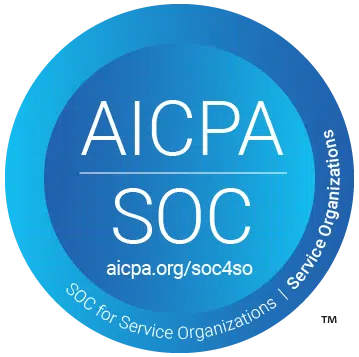
Public policy decisions shape communities for generations. Yet evaluation often relies on a narrow toolset, with cost-benefit analysis (CBA) sitting at the centre. While CBA is useful for weighing financial trade-offs, it rarely captures who benefits, who bears the costs, and what the long-term environmental impacts will be. In an era defined by inequality and climate risk, the public sector needs evaluation frameworks that move beyond efficiency to consider equity and sustainability.
The Limits of Cost-Benefit Analysis
CBA has clear strengths: it provides a consistent method for comparing options, gives decision-makers a way to assess trade-offs, and supports transparency in resource allocation. But it has blind spots that can distort outcomes:
- Distributional gaps – Net benefits are often calculated in aggregate, masking inequities in how benefits and burdens are distributed across populations.
- Short-term bias – Discounting future benefits can undervalue climate resilience, health improvements, and infrastructure that lasts decades.
- Value reductionism – Monetizing human wellbeing or ecosystem health can oversimplify complex realities.
For governments, these limitations matter. Policies that appear efficient on paper can exacerbate inequality or undermine environmental goals when implemented.
Why Equity Matters
Equity reframes the question from "What's the net gain?" to "Who gains, and who loses?"
In practice, this means looking at the distribution of benefits and costs across income levels, regions, and demographic groups. For example, a transit policy may deliver strong aggregate returns but leave low-income neighbourhoods underserved. Equity analysis can surface these gaps, guiding more inclusive designs.
Embedding equity into policy evaluation ensures that investments advance fairness, not just efficiency — a priority for public trust and social cohesion.
Why Sustainability Matters
Sustainability broadens the time horizon of evaluation. It considers whether today's decisions will support long-term environmental and social wellbeing.
This includes assessing the policy's impact on natural resources, emissions, and resilience to climate change. A policy that generates short-term economic growth but increases long-term environmental risk may not serve the public interest.
For the public sector, sustainability isn't an optional add-on — it's a safeguard against passing today's costs onto future generations.
Integrating Cost, Equity, and Sustainability
A more comprehensive evaluation framework blends these three dimensions into a single decision-making process. Approaches include:
- Triple Bottom Line (TBL) Assessment: Evaluates economic, social, and environmental outcomes together, using indicators for each.
- Multi-Criteria Decision Analysis (MCDA): Weighs cost, equity, and sustainability alongside other factors such as political feasibility, allowing for transparent trade-off discussions.
- Justice-Oriented Impact Assessments: Uses equity and environmental justice reviews — often with community participation — to assess how policies will affect vulnerable groups.
Challenges to Implementation
Expanding beyond CBA comes with practical hurdles:
- Data availability – Disaggregated, long-term data can be scarce or incomplete.
- Measurement complexity – Quantifying equity and environmental impact requires new tools and expertise.
- Political pressures – Short-term results often take precedence over long-term gains in public discourse.
Overcoming these challenges requires investment in better data systems, analytic capacity, and stakeholder engagement.
Building a Future-Ready Evaluation Approach
Public sector leaders can take practical steps to make policy evaluation more inclusive and sustainable:
- Define equity and sustainability as explicit objectives at the outset.
- Engage communities early to surface diverse perspectives.
- Use a mix of qualitative and quantitative metrics to capture both lived experiences and measurable impacts.
- Make trade-offs visible through clear reporting and public dialogue.
These actions can help ensure that policy decisions deliver value in financial, social, and environmental terms.
Going Beyond the Bottom Line
Cost-benefit analysis will remain a valuable tool. But on its own, it cannot capture the full picture of what makes a policy successful. By integrating equity and sustainability into evaluation frameworks, governments can create policies that are not only efficient, but also fair and future-focused — building public trust and delivering benefits that last for generations.





